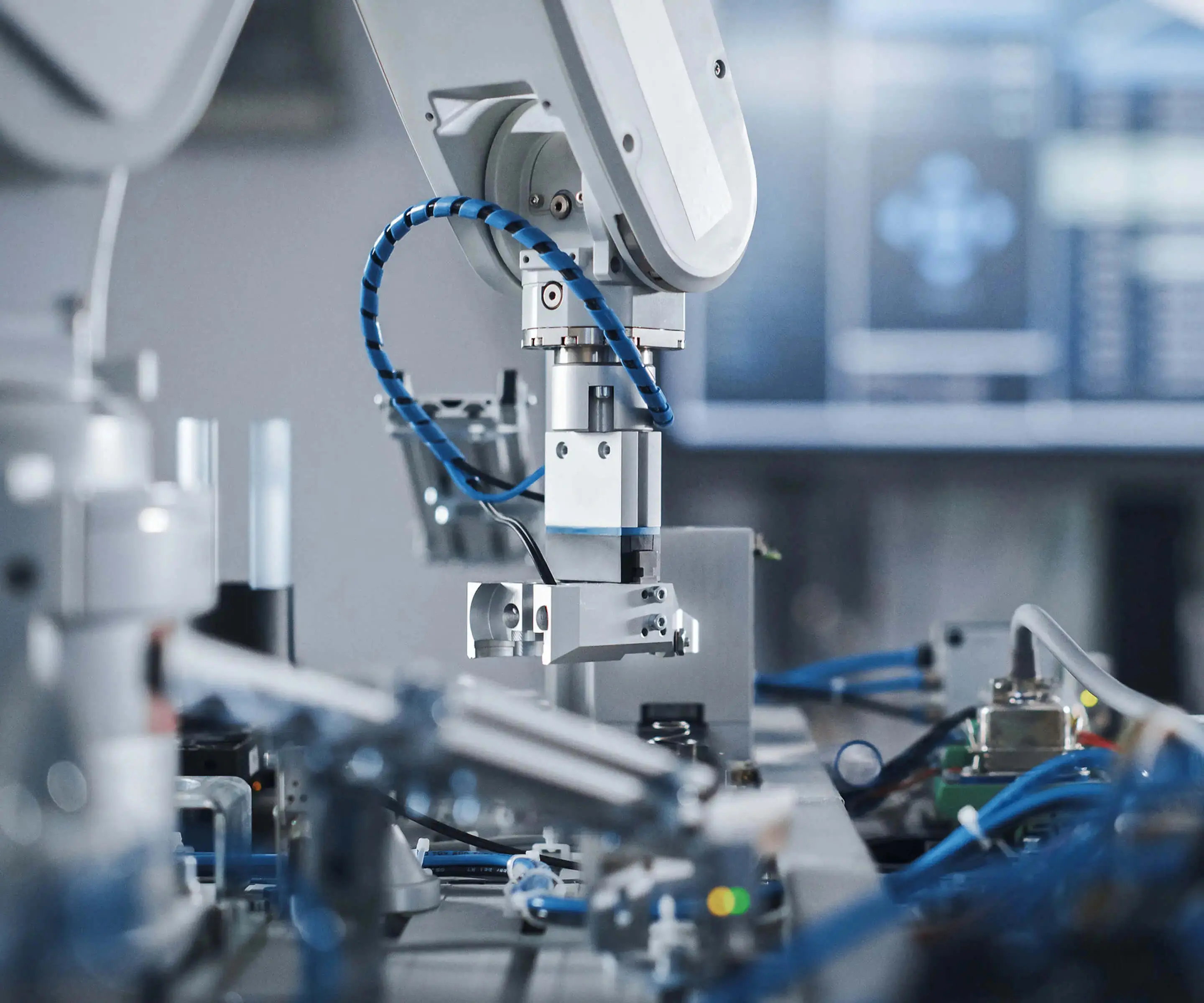In the realm of modern automation, robotics, and hobbyist inventions, the humble DC gear motor often takes center stage as a fundamental component capable of driving mechanical motion with remarkable efficiency and precision. Among these, the 12V 300 RPM DC gear motor stands out as an ideal blend of power, control, and versatility—a motor that has become a favorite for engineers, DIY enthusiasts, and industrial designers alike.

But what exactly makes a 12V 300 RPM DC gear motor so special? To appreciate its value, it helps to understand the core principles behind gear motors—what they are, how they work, and why this particular model resonates across diverse applications.
Understanding the Basics: The Combination of Power and Precision A typical DC motor converts direct electrical current into rotational motion through electromagnetic interactions. When paired with a gear reduction system—a set of gears that decrease the motor’s speed while increasing torque—the assembly becomes a gear motor. This union is pivotal in providing a balanced output, accommodating tasks that require controlled speed and high torque.
The "12V" indicates the motor’s rated voltage, aligning with the common power supply voltages in many electronic and mechanical projects. Operating at 12 volts makes these motors particularly compatible with standard batteries, power adapters, or vehicle electrical systems, making them a go-to choice in portable and fixed systems.
Meanwhile, the "300 RPM" defines the motor's no-load or rated speed—revolutions per minute. This moderate speed offers an excellent balance between torque output and rotational pace, ensuring the motor can move loads steadily without excessive overspeed or sluggishness.
Why the 12V 300 RPM Configuration Is Ideal This specific configuration offers numerous practical benefits:
Controlled Speed: With a fixed speed of around 300 RPM, the motor provides steady rotational movement suitable for applications that need moderate velocity without sacrificing power. It bridges the gap between very high-speed motors that lack torque and low-speed motors that can be cumbersome or inefficient.
High Torque Output: Gear reduction amplifies the motor’s torque—a critical aspect when moving heavier loads or overcoming resistance. For example, robotics grippers, conveyor belts, or small automated vehicles often require the kind of torque that a 12V 300 RPM gear motor supplies.
Efficiency and Reliability: Designed to operate at a consistent voltage, these motors tend to be more reliable, with less overheating and wear when matched with appropriate gearboxes and control systems.
Compact & Easy Integration: Because of their manageable size and voltage compatibility, 12V gear motors fit easily into various enclosures, whether in compact robots, DIY projects, or industrial machinery.
A Closer Look at the Inner Mechanics Inside, a typical 12V 300 RPM gear motor features a small, robust core with precise gear reductions—often spur gears, planetary gears, or worm gears—housed within a durable casing. The gearbox reduces the high-speed rotation generated by the motor’s armature while proportionally increasing torque.
The gear ratio directly influences the final RPM and torque. For instance, a 10:1 gear ratio would reduce the motor’s original speed (say, 3000 RPM without gear reduction) down to approximately 300 RPM, while increasing torque tenfold. This flexibility allows designers to customize the motor setup based on specific project needs.
Applications in Real Life The versatility of the 12V 300 RPM DC gear motor makes it invaluable across multiple sectors:
Robotics: From mobile robots to robotic arms, these motors provide the essential motion control needed for precise movement and load handling. Their moderate speed and high torque make them suitable for driving wheels, actuators, and manipulators.
Automated Systems: Conveyor belts, automated gates, and door openers often rely on such gear motors to ensure smooth and reliable operation—especially where controlled speed is critical for safety and efficiency.
DIY and Hobby Projects: For hobbyists building remote-controlled cars, boats, or drones, a 12V 300 RPM gear motor offers an accessible way to incorporate realistic movement without complex control systems.
Manufacturing & Industrial Equipment: Small-scale manufacturing units and assembly lines use these motors to automate repetitive tasks, reducing labor costs and increasing productivity.
Home Automation: Smart curtain openers and window regulators leverage these gear motors for seamless, silent operation synchronized with user commands or sensor inputs.
Choosing the Right Gear Motor for Your Project When selecting a gear motor, consider key specifications:
Voltage Compatibility: Ensure your power source matches the motor’s rated voltage (e.g., 12V). Speed & Torque Requirements: Decide if 300 RPM suffices or if adjustments are needed via gear ratios. Size & Mounting Options: The physical dimensions should suit your project space. Gearbox Type & Durability: Spur gears are common, but planetary gears offer higher efficiency and load capacity.
Matching these parameters ensures optimal performance and longevity, transforming a simple gear motor into a reliable workhorse across tasks.
Kpower has delivered professional drive system solutions to over 500 enterprise clients globally with products covering various fields such as Smart Home Systems, Automatic Electronics, Robotics, Precision Agriculture, Drones, and Industrial Automation.




































